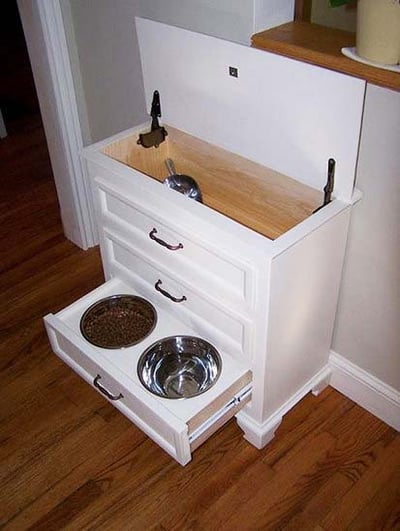The Southern California housing market was firing on all cylinders since the beginning of 2020, helped by low interest rates and a thriving economy.
Then the Covid-19 virus came to the US and globally. We are in a pandemic with the media reporting case counts and deaths 24/7. As a result of the fears people see all day and forced to shut down non-essential businesses in the economy, deals and escrows are being canceled. Sellers are slashing prices. Specific types of mortgage programs have been suspended until further notice.
A California Assn. of Realtors survey from early March revealed that 25 percent of agents had clients reconsider their plans to buy or sell due to the sudden eruption of the coronavirus.
A second survey was performed a week later: The agents working said the sellers who are delaying their plans had surged to 45 percent; over fifty percent had a buyer who put their plans on hold.
After that what made real estate matters worse, was the stay-at-home order issued by Gov. Gavin Newsome. Many agents said referrals for new purchases became nonexistent. Many identify the change to right around the time of the order.
Without question, the deterioration to the real estate market will be determined by how long the virus remains and how much economic pain it creates both through deaths and preventative measures for future viruses.
The sellers holding off may be a good things as they optimistically see this as a temporary crisis. It will certainly be interesting to see if pricing power drops once the epidemic subsides.
At the time of the 2003 SARS virus that went on for several months in Hong Kong, Zillow's research shows the city's housing market was basically suspended. Home prices didn't drop very much, while sales volume fell like a brick as people stayed a safe distance from each other in an effort to save lives. Once the epidemic ran its course, sales volume quickly returned to typical levels.
It's worth noting that the SARS virus was only responsible for the deaths of 774 people globally. The people who've died from COVID-19, has already exceeded 2,000 in the United States alone and 30,000 worldwide as of March 29, 2020.
Los Angeles Mayor Eric Garcetti has said the city could soon experience the levels of cases erupting now in New York. Newsom has announced that more than 1 million Californians have applied for unemployment benefits this month.
Zillow said the number of new listings now coming onto the market each day in Los Angeles and Orange counties is about 30% below what it was a year ago. That compares with a 4% decline at the beginning of the month.





